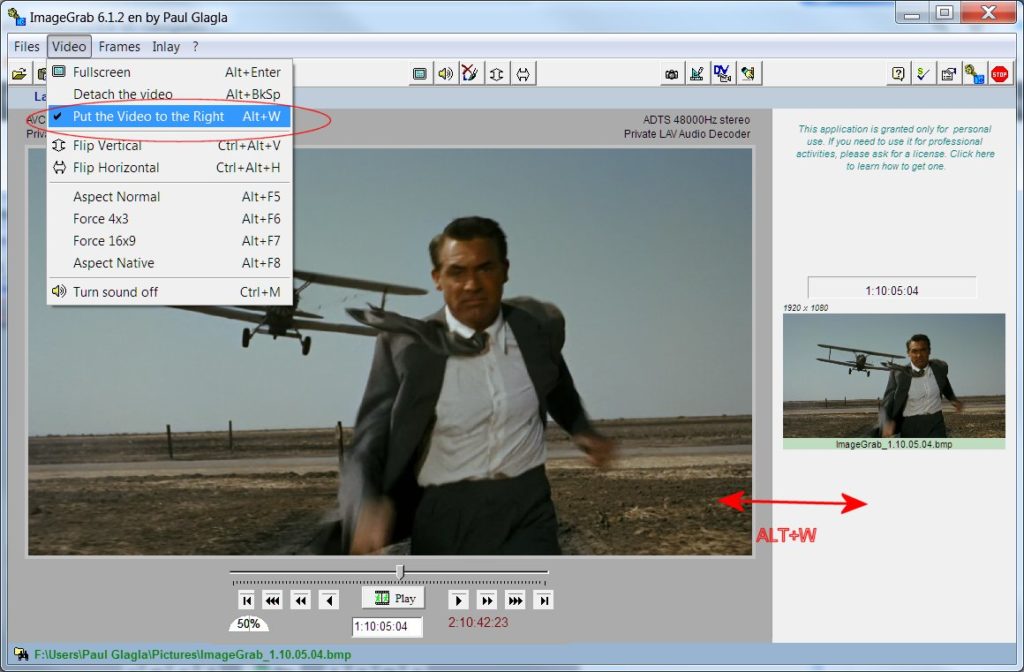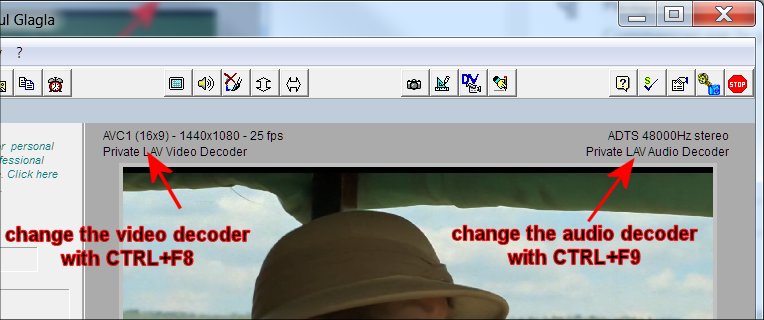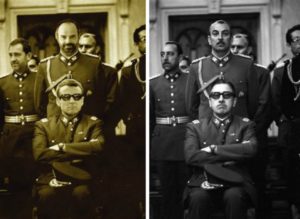When you have opened a video in Imagegrab, it is displayed directly in the integrated window. You can toggle the video left or right by typing ALT + W or with the menu command Video / Put video to Right (or Left).

You can watch the video in full screen, with the menu command Video / Full Screen, by clicking on the Full Screen button, or by typing ALT + Enter on the keyboard. To exit the full screen, type Alt + Enter again. In most cases, Esc also exits the full screen.

You can also watch the video in a separate window. For this use the menu command Video / Detach the video or type ALT + BackSpace on the keyboard. The separate window can be moved to a secondary monitor if you have several connected to your computer, which allows you to organize your workstation efficiently, for example by putting the video in full screen on this secondary screen. Retype ALT + Backspace to return to the integrated ImageGrab window.
You can flip the video vertically or horizontally with the Flip Vertical and Flip Horizontal buttons. They turn red when activated. Commands in the Video Menu can also be used, or the shortcuts CTRL+ALT+V and CTRL+ALT+H. This function may produce unexpected results with some video decoders.
To start the video, use the Play button (below the video), or type CTRL + Space on the keyboard. Do the same thing to return to Pause.
The volume of the audio (if the video has it) can be adjusted using the + or – keys on the numeric keypad.
An Audio button allows you to activate or deactivate the sound. You can also find this action in the menu command Video/ Turn sound on or Video / Turn sound off or with the keyboard shortcut CTRL + M.
You can also correct the proportions used to display the video if those adopted by ImageGrab are not suitable. This is also found in the Video Menu commands where you can force a 4×3 or 16×9 aspect, or a so-called native aspect. For example, the native aspect is 720×576 for DV or mpeg2 Pal videos but which should normally be played in 720×540. ImageGrab chooses the normal aspect when it can so here 720×540, but by choosing the native aspect you return to 720×576 which is coded in the file.
To navigate the video, which is necessary to reach a given position, you mainly use the navigation keys, or their associated keyboard shortcuts, CTRL + arrow.

- CTRL + Right Arrow: move forward one frame
- CTRL + Left Arrow: move back one Frame
- CTRL + Up Arrow: advance one second
- CTRL + Down arrow: go back one second
- CTRL + Top Page: advance one minute
- CTRL + Lower Page: go back one minute
It is interesting to note that if you hold down the Shift key while you are navigating, the displacements are multiplied by 10. For example if you click on the 1 second advance button while keeping Shift pressed, or type CTRL + Shift + Up Arrow then you advance 10 seconds.
The buttons Go back to the beginning (or CTRL + Home) and Forward to the End (or CTRL + End) allow you to go back to 0 or go to the end of the video. In some videos the end is not accessible by these commands.
If you know the timestamp where you want to go, you can type it directly in the editing area under the Play button in the form hh: mm: ss: ff then press Enter.
ImageGrab uses by default a precise navigation technology which allows most of the time to display all the frames of the videos and to go to precise positions. In the Advanced Options, you can disable this feature, but then the navigation may be quite random. It is therefore not recommended at all.

=> Hidden feature: With the shortcuts CTRL + F8 and CTRL + F9 you can change the video and audio decoders used to play the open file. Repeated typing of these shortcuts scrolls through the list of decoders found on your system which are compatible with ImageGrab. By default ImageGrab uses the private decoders ffdshow or LAV which are supplied with it. But if you have an exceptional decoder which seems to give you better images, you can see if it can be used by ImageGrab by typing CTRL + F8 several times. The name of the decoder used by ImageGrab is displayed with the video or audio format above the video window: the video decoder on the left and the audio decoder on the right.

